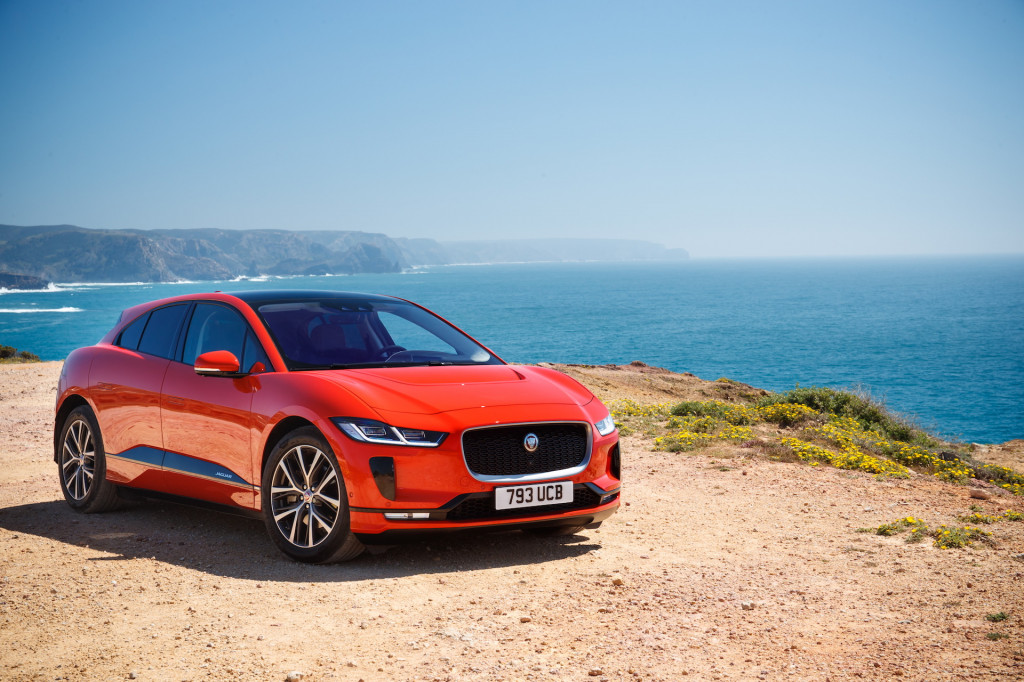New technology is expensive.
From cell phones and internet in the 1990s to simple electricity in the 1890s, new technologies have trickled down from the wealthy (or business) to middle class consumers.
Increasingly, that’s looking to be true of electric cars as well, and as with electricity, phone service, cell phones, cable television, and broadband internet, it looks likely to leave some consumers behind in its wake.
The parallels are striking: When Congress deliberated the Telecommunications Act of 1996, as the internet started to become a dominant form of communication, lawmakers worried that Americans in rural areas would be left behind—because it’s expensive to wire remote areas where populations are so sparse, and companies might not find enough customers to amortize the expense.
The Act required the FCC to take action to bring broadband to rural areas, but by the end of 2016 (the last year covered in the latest FCC report), almost 8 percent of Americans—some 24 million people—still lacked access to broadband internet.
The same was true of basic electricity in the 1930s. The Rural Electrification Administration used federal Depression recovery funds to bring power lines to rural farms which until then looked unlikely ever to receive them. Public utilities today have to guarantee unprofitable electric service to rural areas to receive licenses to sell higher-margin electricity to the masses.
Things don’t look so different for electric-car charging. One Green Car Reports writer traveled to rural Iowa for the holidays and found insufficient chargers to meet a family emergency. Tesla has built some fast DC Superchargers in rural areas along highways as part of its plans to allow its customers to travel between cities, but in vast stretches of Middle America there aren’t enough of them.
Electrify America, operating under a court decree over Volkswagen’s diesel emissions scandal, is required to follow suit. That plan is not scheduled to be completed until 2025, however. The largest fast-charging networks in the U.S., Chargepoint and EVgo, concentrate more in suburban areas where electric cars are already common to maximize the revenue their chargers generate.
Compounding the dearth of rural fast chargers, rural drivers often have farther to travel to accomplish their daily errands than suburban or city dwellers.

Clipper Creek two-car HCS-D40 charging station
Experts frequently say that while most EV charging is done at home so far, it will take more public chargers to get more people to buy the cars. Garage or driveway charging alone might not cut it, especially for rural drivers with longer distances. Availability of chargers is a top concern for potential shoppers in survey after survey.
Yet, another intractable problem with electric-car charging infrastructure is bringing it into cities where many residents—especially those with lower incomes—live in apartments and condominiums that make it difficult to install home charging equipment. Many residents don’t even have private parking space. So far, this has limited EV adoption in cities, right where the next wave of EV adoption is expected to take place.
Federal Bureau of Labor statistics show that lower-income people often have longer commutes and drive more miles in a day on average, creating yet another challenge for lower income drivers.
All that assumes that car shoppers can afford them. The most popular long-range new electric cars are relatively expensive. The least expensive electric cars cost slightly more than the $37,285 average transaction price of a new car in June. As of September 2019, the base Tesla model 3 sells for just over $40,000. The base Nissan Leaf Plus with 225 miles of range sells for $37,445.
Tax credits bring that down somewhat, but only for taxpayers who are likely to owe more than the available credit amount. And those tax credits are dwindling on Teslas and other popular models.

2019 Jaguar I-Pace First Edition
Even those prices generally only buy a small hatchback or sedan. Not counting the front-wheel-drive hatchback Hyundai Kona Electric ($38,045), the least expensive electric SUV is still the Jaguar I-pace for just over $70,000. When the first electric pickups arrive from Rivian in 2021, they are likely to cost significantly more.
Sure, used models are available, but they are largely small, short-range electric cars that will depend on having a higher concentration of fast chargers than currently exists in urban or rural areas. It will take years for a significant selection of a diversity of used electric models to become affordable for lower-income rural and urban drivers.
Even then, it’s not clear how soon or how much infrastructure may roll out to serve those areas.
Electric cars represent a significant advance in automotive technology, with the potential to save their drivers thousands of dollars a year in running costs. No consumers need that more than low-income Americans, whether they live in rural areas or cities.
Yet without more effort to make more electric cars affordable, and especially to bring more charging to underserved areas, electric cars may leave poorer Americans driving increasingly outmoded internal combustion cars—and their communities blanketed by resulting air pollution—for decades beyond wealthier enclaves.












